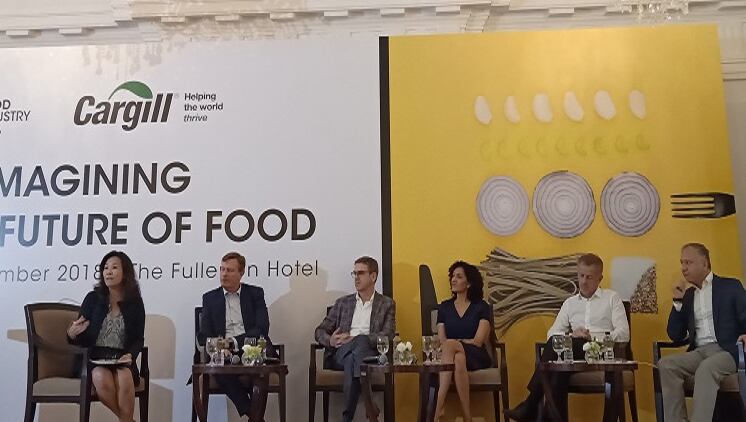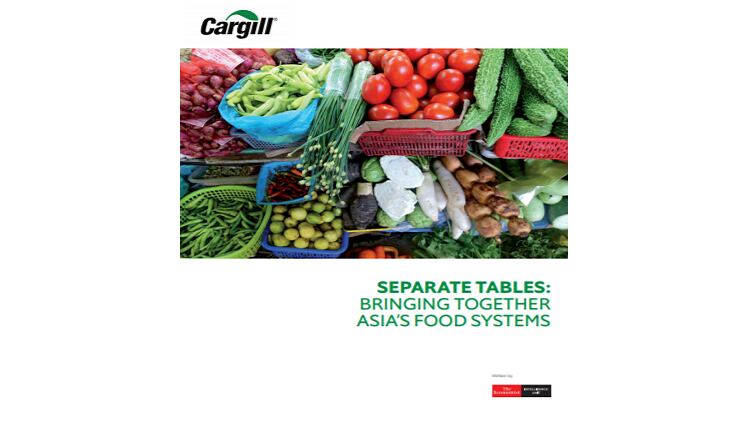The research, commissioned by Cargill and conducted by The Economist Intelligence Unit (EIU), discusses the importance of innovation to bolster Asia’s food system.
Two surveys conducted with a total of 820 industry leaders in the region, alongside desk research and expert interviews, were undertaken as part of the research.
The results were revealed during an event organised by Cargill and Food Industry Asia.
In Asia, environmentally safer packaging is of greatest concern for India, Indonesia, and Thailand.
Innovating “healthy food” ranked behind, and respondents highlighted that the issue was particularly important in China.
More than 60% of the respondents said that food innovation in China should be most concerned with providing sustainable and healthy foods.
Firms are also devoting their resources to food and agriculture-specific innovations.
For instance, three-quarter of the respondents said that their company has spent more than 15% of their R&D budget in this area.
Inadequate expertise, cost…Challenges to innovation
Innovation, is however not without its challenges.
A weak research base, inadequate scientific expertise, and lack of talent were seen as the biggest obstacles in food innovation for more than 20% of the respondents, as seen from the research.
The costs involved ranked was the next biggest impediment, with nearly 20% of the respondents stating it as their biggest obstacles.
Other challenges to innovation include insufficient patent protection, public opposition to “tampering” with food, such as GMOs, and consumers’ aversion to “non-traditional” foods, such as synthetic meat.
Protein market in Asia
Companies will need to consider a different set of strategies when introducing alternative protein products in the Asian market.
During the release of the research results, a CEO panel discussion was also held to talk about food innovation challenges and strategies. The panel included CEO from Cargill, Mars, Coca-Cola, VisVires New Protein, and managing editor of EIU.
One of the food innovation challenge, is related to the introduction of protein alternatives in the Asian market.
For the Asian market, “appealing to the mass market right from the start” and “very different strategies (from the West)” were crucial, said Matthieu Vermersch, founder and managing partner of VisVires New Protein.
“There is the low priced point which it (protein market) will need to fulfil… (Whereas) anything that you see from the West is a top down innovation and is something that will eventually fit to the mass market.”
Asian innovation
The panel also highlighted that future solutions for the food industry could come from Asia.
“Increasingly, companies are realising potential are coming from Asia, solutions are coming from Asia and will travel to elsewhere,” said Peter Van Deursen, CEO (Asia Pacific) of Cargill.
“The reality is that for consumer products, Asia will provide a lot of potential for future growth, half of the new middle class consumers are going to be Asian. I do think there is a lot of attention to drive innovation for Asia from Asia and in many cases, Asia is leap-frogging the West,” Ehab AbouOaf, regional president (Asia-Australia, Middle East & Africa) of Mars Wrigley Confectionery echoed.
“Eventually, I think there is going to be a lot of innovation coming from Asia into the rest of the world,” he added.




